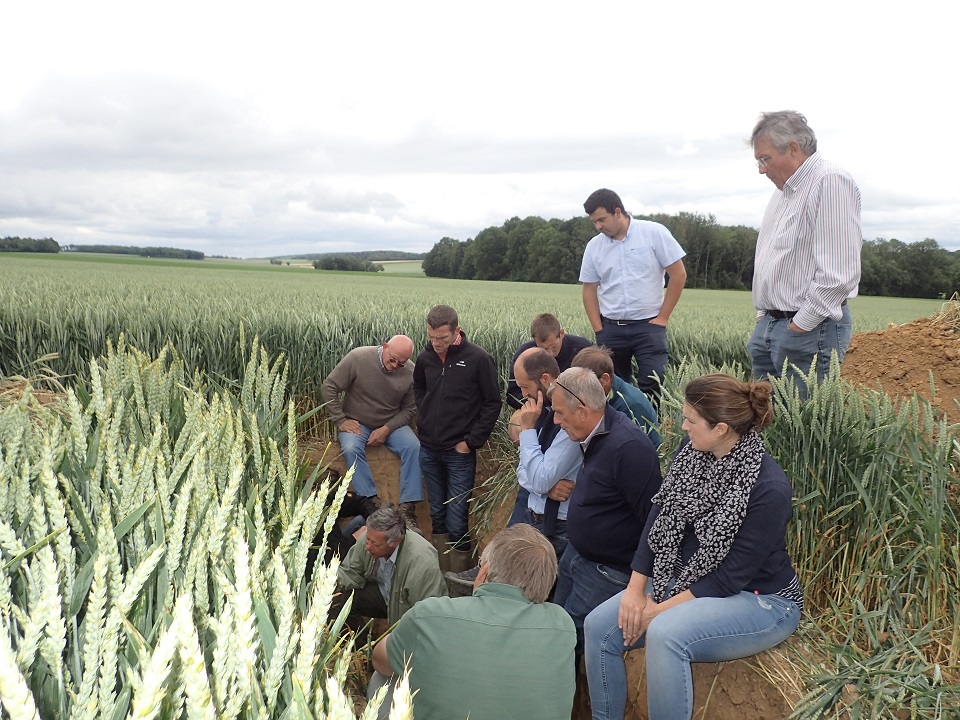What are the impacts of spatial (intercropping) and temporal (successive cropping over one season) diversification strategies? Do they increase the efficiency and profitability of agricultural and agri-food systems and make inputs more economical, with a resulting lower impact on the environment and health? The objective of the European project DiverIMPACTS (2017-2022) was to assess the performance of these diversified systems.
The project involved 32 partners coordinated by INRAE (France). Twenty-five dynamic multi-stakeholders were mobilised throughout Europe as part of the "participatory research action", together with 10 long-term trials in an experimental station.
The results show that, whatever type of system was originally in place, it is possible to design more diversified cropping sequences, improving profitability and lessening environmental impacts. To achieve this objective, the rotation must include minor crops with high added value and/or those that benefit the major crops (Nitrogen restoration, pest control), along with combination crops and/or multiple crops that regulate the yield and make better use of resources. These strategies require adaptive management on the part of participants, who must consider the local biophysical and socio-economic conditions. Decision support tools (DST), including multi-criteria analyses, have been made available to interested parties. The tools made available to the participants make it possible to anticipate the effects of diversification on the scale of a field, sector, or territory[1].
Based on 46 identified barriers and obstacles to diversification, a catalogue of solutions has been proposed. Their implementation requires upstream changes (availability of seeds, machining) and downstream changes (storage, sorting and processing of new products), and changes at an institutional level: support for minor crops and risk management, and the adaptation of training and R&D in the agri-food sector.
The progress of the project has been widely publicised: There are 54 factsheets and 29 videos describing practical solutions and examples of co-construction of sectors for promoting diversity. There are five memos to politicians that contain recommendations for enabling the transition to diversified cropping systems and the co-construction of knowledge and actionable skills. The final conference is available on the internet.[2]
[1] (https://www.diverimpacts.net/toolbox.html).
[2] (https://www.youtube.com/watch?v=cqCGz_9ZR5s&list=PLnxZIleQICZbSgXm-brn1oDj1lcEyk25q&index=2),


